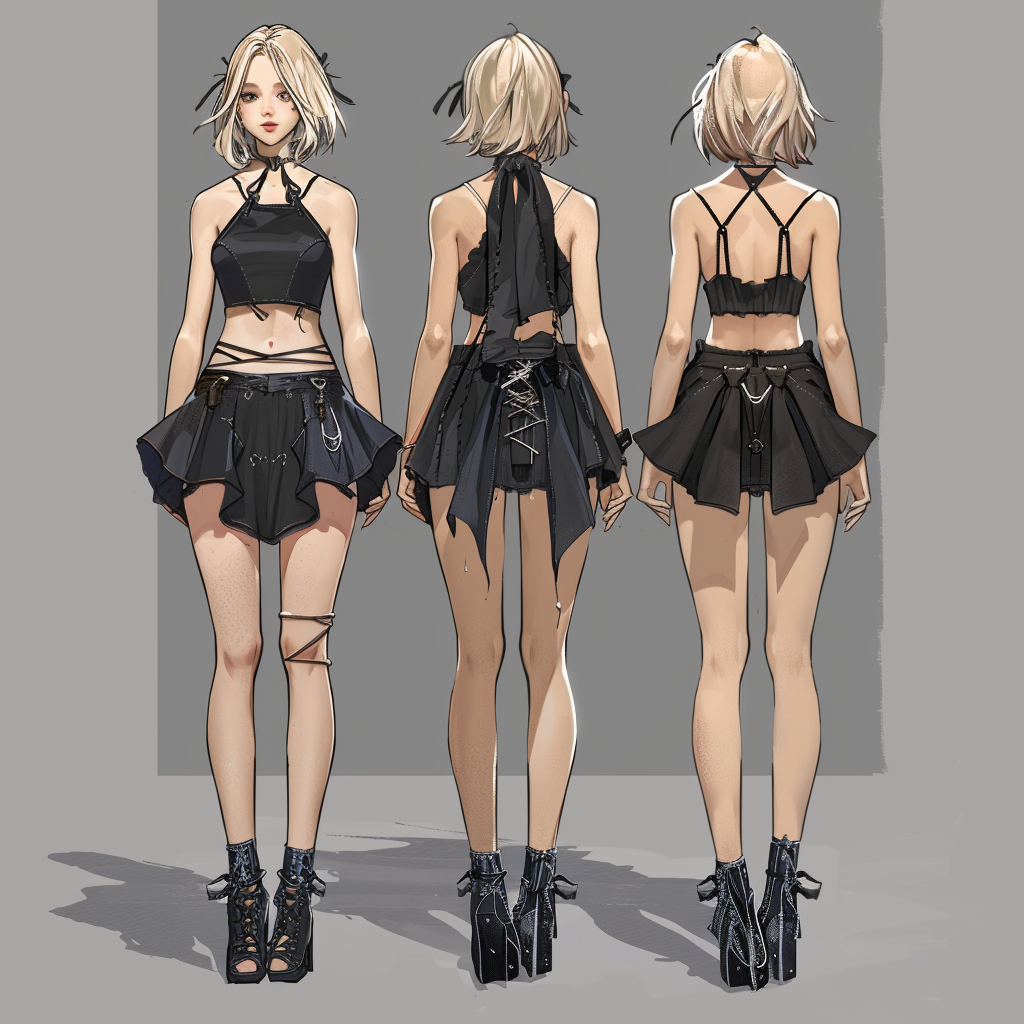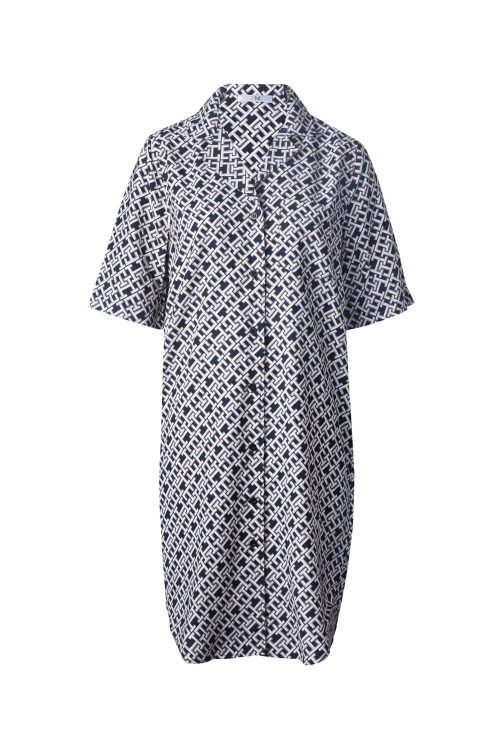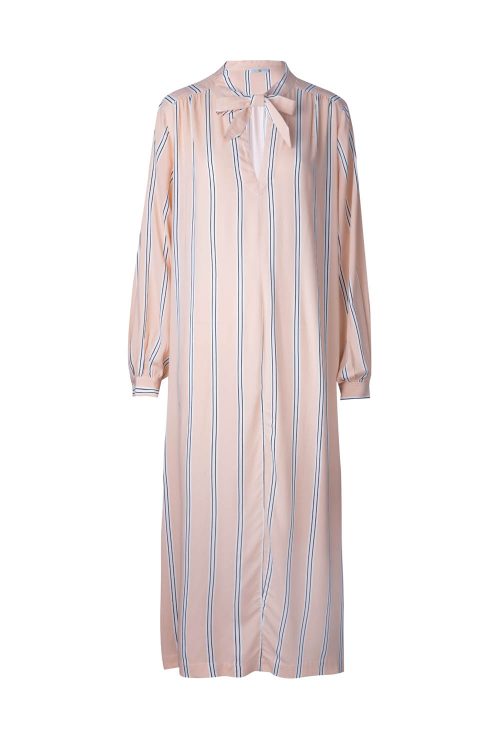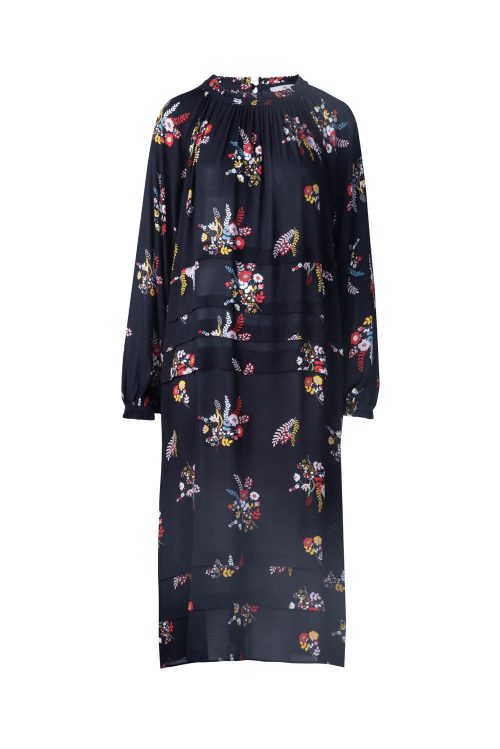
Introduction to ODM Apparel
In the dynamic world of fashion, Original Design Manufacturing (ODM) stands as a pivotal business model that blends creativity with manufacturing prowess. Unlike Original Equipment Manufacturing (OEM), where products are manufactured to another company’s specifications, ODM providers design and produce products that are later branded by purchasing companies.
Definition of ODM
ODM involves creating, designing, and manufacturing products that are sold under another brand’s label. This approach allows retailers and brands to sell well-designed products without the need to invest heavily in research, design, or production facilities.
Contrast with OEM
While OEM focuses solely on production, ODM covers the extensive process from product conception to production. This gives brands the advantage of market adaptability without the intensive capital investment typically associated with product development.
Benefits of ODM for Apparel Brands
ODM offers several advantages that make it an attractive option for apparel brands looking to expand their product lines efficiently.
Streamlined Design Process
ODM companies provide end-to-end services, including market research, trend analysis, design, and production. This streamlined process significantly reduces the time it takes for products to move from the drawing board to the retail floor.
Market Responsiveness
ODM allows brands to quickly adapt to changing fashion trends. By leveraging the design expertise and resources of ODM providers, brands can swiftly introduce new products that reflect current consumer preferences.
How ODM Works in the Apparel Industry
Understanding the operational flow of ODM in the apparel industry highlights its complexity and efficiency.
From Concept to Final Product
ODM companies often work closely with clients to understand their vision and market needs before proposing a series of designs. Once a design is approved, the ODM company handles all aspects of production, from sourcing materials to assembling the final product.
Role of ODM Companies
ODM providers are not just manufacturers; they are partners in design and innovation. They contribute significantly to the creative process, offering solutions that align with the brand’s identity and market goals.
Key Considerations When Choosing ODM Apparel
Selecting the right ODM partner is crucial for maintaining brand quality and identity.
Quality of Design
Brands should assess the design capabilities of their ODM provider to ensure that the product designs align with their brand aesthetics and quality standards.
Flexibility in Customization
It’s important to choose an ODM partner that offers flexibility in customization, allowing brands to request adjustments that can make their products stand out in the market.
Challenges in ODM Apparel Manufacturing
While ODM offers numerous benefits, it also presents certain challenges that brands need to manage.
Maintaining Brand Identity
One of the biggest challenges with ODM is ensuring that the products reflect the brand’s identity and ethos, despite not being designed in-house.
Quality Consistency
Ensuring consistent quality across all products can be challenging when outsourcing design and manufacturing processes. Rigorous quality checks and close collaboration with the ODM provider are essential.
Latest Trends in ODM Apparel
The apparel industry is continually evolving, with sustainability and technology leading the way in recent trends.
Sustainable Practices
There is a growing trend towards sustainability in ODM, with more companies adopting eco-friendly materials and production methods in response to consumer demand.
Technological Advancements
Advancements in technology, such as 3D printing and AI-driven design tools, are increasingly being integrated into the ODM process, enhancing design accuracy and production efficiency.
Future Outlook for ODM in the Fashion Industry
The future of ODM in fashion looks promising, driven by innovation and a deeper focus on sustainability.
Market Growth Potential
The global fashion market’s evolution continues to offer growth opportunities for ODM, particularly as brands seek to diversify their offerings quickly and efficiently.
Evolving Consumer Demands
As consumer preferences shift towards personalized and environmentally conscious products, ODM providers will need to adapt to meet these new demands, influencing both product development and operational practices.
FAQs
What distinguishes ODM from OEM in apparel? ODM involves designing and manufacturing products that are branded by another company, whereas OEM involves manufacturing products based on another company’s designs.
Why is ODM appealing to modern apparel brands? ODM allows apparel brands to rapidly respond to market trends and consumer demands without the need for extensive investments in product development and manufacturing infrastructure.
What are key factors to consider when selecting an ODM partner? Key factors include the ODM’s design capabilities, production capacity, commitment to quality, and their ability to align with the brand’s values and sustainability goals.




